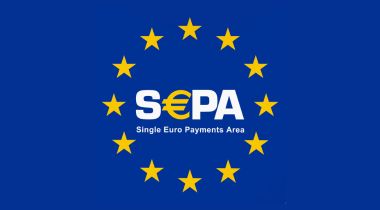Alternative payment methods are defined as a way of paying for goods or services which are not made via cash or major card schemes (Visa, MasterCard, American Express). This includes prepaid cards, mobile payments, e-wallets, bank transfers, and ‘buy now, pay later’ instant financing.
Alternative payment methods have increased in popularity as financial technology companies and tech giants have entered the payments ecosystem, providing consumers with faster and more convenient ways to make purchases and send money to friends and family. During this year, alternative payment methods are expected to account for nearly 55% of global e-commerce transactions.
Alternative payment methods that many consumers and merchants are familiar with include:
- PayPal
- Stripe
- Apple Pay
- Alipay
- Klarna
- PaySafeCard
While many people will be familiar with more mainstream alternative payment methods, such as PayPal, there are hundreds of other payment options available. The popularity of these alternative payment methods varies greatly by location. In China, mobile wallets Alipay and WeChat Pay dominate the market, whereas in the Netherlands, iDEAL has a market share of 57%, making it by far the most popular way for consumers to make online purchases.
Despite the increase in popularity, it can be difficult for merchants to identify which alternative payments it is worthwhile offering to their customers. To ensure success, researching preferred payment methods should form a significant part of a merchant’s plans to expand its business into new territories.
Building a business case for accepting alternative payment methods
Users want making a purchase to be as frictionless as possible. There will be many reasons a user decides not to complete a sale, including unexpected costs, being forced to create an account, or being made to complete long-winded forms. But with most people using just one or two payment methods, if their preferred option is not available, they may abandon their cart, even if the rest of the checkout process was well optimised.
It can be tempting for merchants to add as many alternative payment methods as possible to prevent visitors from abandoning their cart upon realising their preferred payment method is not available. With cart abandonment rates averaging almost 75%, it’s no wonder that merchants want to do everything they can to prevent a shopper from leaving their site at the last minute.
When looking to expand into a new territory, in addition to reviewing purchase data to identify the countries from which increased revenue is coming, merchants should conduct an analysis of the countries in which they are seeing the biggest increases in traffic using web analytics platforms (such as Google Analytics).
Then, once the countries driving the most traffic have been identified, merchants should look at where users are dropping out of the conversion funnel. This will allow them to begin building a picture of where a lack of payment options might be causing an issue. From here, merchants can research the most popular payment methods in each country and focus on implementing them as a priority.
Challenges with cross border e-commerce
One issue with expansion into new territories is that payment ecosystems can be fragmented. In Europe, a merchant may only need to consider adding one or two alternative payment methods, as the market is dominated by cards and PayPal. However, if looking to expand into Asia, there are many different prefered payment methods to contend with.
Consumers are embracing cross border e-commerce. Taking an online business global is certainly not without its challenges, but by taking the time to research the alternative payment methods consumers prefer, merchants can reap the rewards.
Alternative payment providers can join Banking Circle today to offer their merchants real-time cross border payments and Virtual IBAN accounts. For more information, get in touch.


